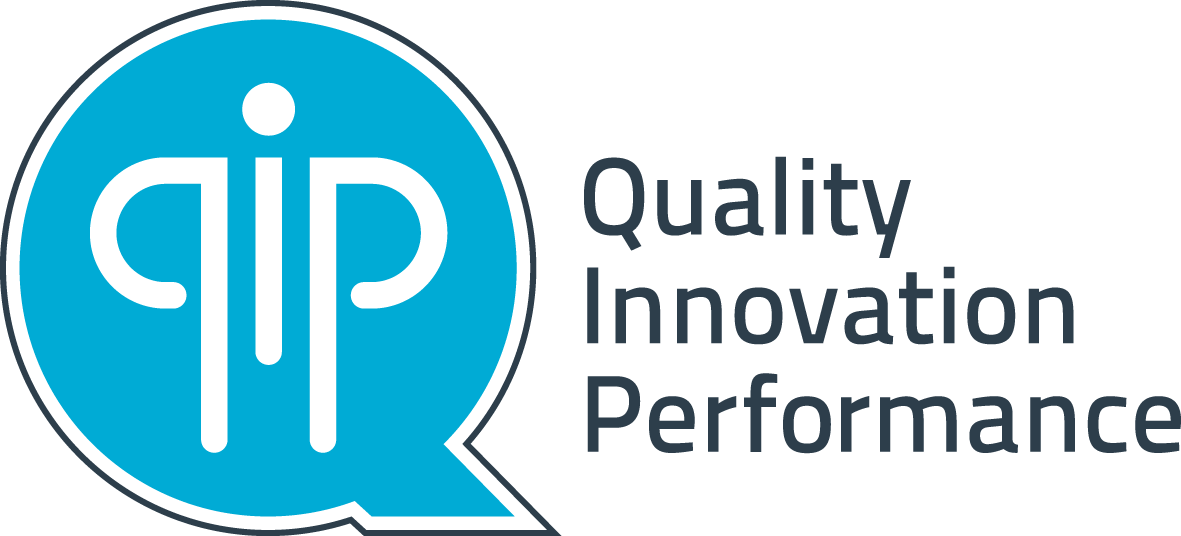Latest news

Navigating Accreditation: A Beginner’s Guide to the Primary and Community Healthcare Standards
Australia’s healthcare landscape is rapidly evolving, welcoming a new era of transformation aimed at ensuring the safety and quality of healthcare services delivered in primary and community settings. At the forefront of this are the National Safety and Quality Primary and Community Healthcare Standards (the Primary and Community Healthcare Standards), developed by the Australian Commission on Safety and Quality in Health Care (the Commission).
In our recent webinar series – tailored specifically for organisations new to accreditation – we delved into the foundational aspects of the standards, shedding light on their importance and relevance in today’s healthcare environment. Led by Shirlee Nichols, National Manager of Clinical Services at QIP, this webinar provided essential insights into the standards, their purpose, and the organisations they are suited to.
Understanding Accreditation
Accreditation is more than just a badge of approval – it signifies a commitment to delivering safe, quality healthcare services. While it doesn’t guarantee flawless service, it empowers organisations to strive for excellence, instilling confidence in consumers and attracting top-tier staff.
Introduction to the Primary and Community Healthcare Standards
The Primary and Community Healthcare Standards represent a milestone in healthcare quality and safety. Developed through extensive consultation and rigorous review, these standards aim to ensure that healthcare services in primary and community settings meet the highest standards of safety and quality.
Aligned with the NSQHS Standards, the Primary and Community Healthcare Standards provide a robust framework for driving quality improvement and enhancing patient-centred care. Their introduction fills a crucial gap in national safety and quality standards, ensuring seamless transitions between primary and acute care settings.
Navigating the Standards
With three standards encompassing a total of 65 actions, the Primary and Community Healthcare Standards cover crucial aspects such as Clinical Governance, Partnering with Consumers, and Clinical Safety Standards. Each standard is crafted to promote patient safety, quality care, and most importantly, continuous improvement.
Accreditation Models
The accreditation process offers different assessment modalities, including desktop, virtual, and onsite assessments. For some organisations, regulators may require a short notice assessment, where organisations receive 24 hours’ notice before the assessment takes place. This assessment typically combines elements of desktop and onsite assessments.
Each assessment model serves a distinct purpose, and most organisations can choose the model best suited to their needs, ensuring a thorough evaluation of their services and adherence to standards.
Benefits of Accreditation
Participating in accreditation not only enhances consumer confidence but also drives continuous improvement, streamlines processes, and mitigates risks. It fosters innovation, empowers staff, and positions organisations as leaders in healthcare excellence.
Next steps
As organisations embark on their accreditation journey, it’s crucial to leverage resources, seek guidance, and embrace a culture of continuous improvement. QIP stands ready to support organisations through every step of the process, ensuring a smooth transition to accreditation under the Primary and Community Healthcare Standards.
Watch the full webinar to unlock a wealth of knowledge and gain a greater understanding of the Primary and Community Healthcare Standards. Empower your organisation to navigate the accreditation process with confidence, strengthen patient care practices, and embark on a journey towards healthcare excellence.




